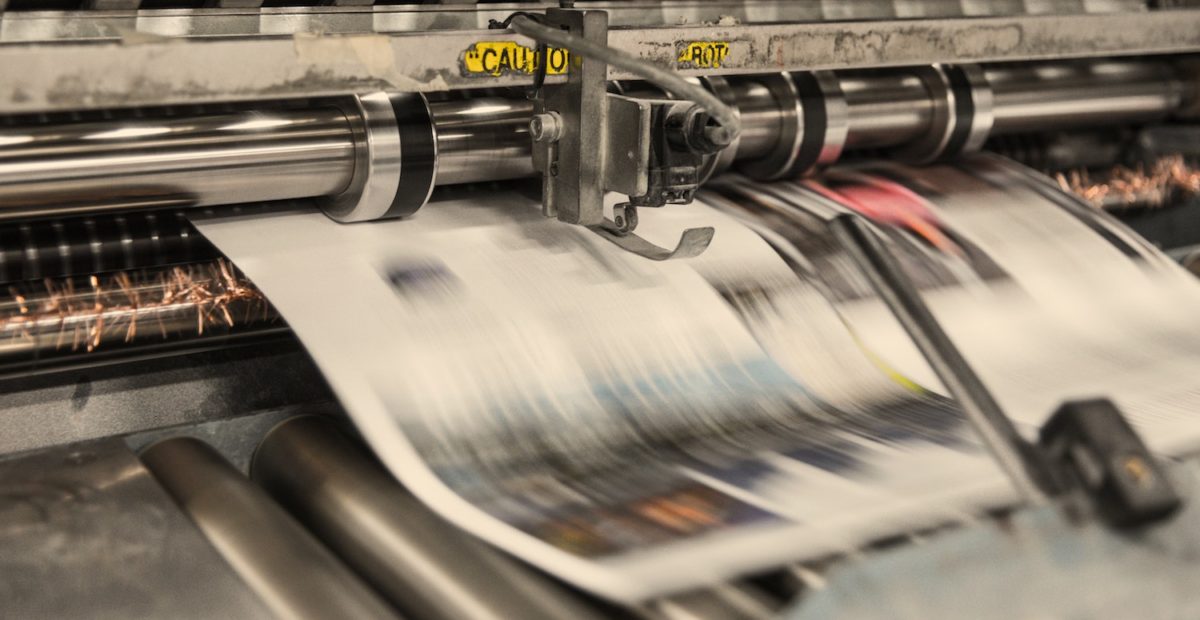Tim Bray describes why, according to him, news subscriptions are unlikely to be a sustainable business model for most news publishers:
[Publisher management’s] arithmetic didn’t consider their chance of getting me to click on “Subscribe.” In my particular case, that chance is almost exactly Zero. I subscribe to enough things and I am acutely reluctant to give anyone else the ability to make regular withdrawals from my bank account. I don’t think I’m unusual. People may not be financially sophisticated, but they’re smart enough to see through the “initial-price” flim-flam and a lot of us are highly conscious of our own administrative futility and the fact that we might just not get around to unsubscribing. I’ve seen this called “Subscription fatigue” and I think that’s a decent label.
“But wait,” says Mr Manager, “you already subscribe to five publications, so you’ve proved you have a propensity to subscribe! You’re exactly my target market!” Wrong. It’s exactly because I’ve done some subscribing that I’m just not gonna do any more.
In the blog post he also briefly refers to the fact that subscriptions are a thing because no one has cracked pay-per-view via micropayment. He goes on to argue that even if someone had, management would still prefer driving people to subscribe:
“Why on earth would I invest in selling individual articles when a click on the “Subscribe” button gets me a hundred times the revenue?”
It’s the opportunity cost of locking in future recurring revenue.
As we had described in our series on 21st Century Media, micropayments is one of those things that everyone recognises is an opportunity but where solution is always just beyond the horizon.
The first entity that really cracks this problem is going to be very valuable indeed. Being able to collect micropayments at scale means that news publishers can free themselves of advertising. If publishers charge comparatively more per view/read via micropayments than they make via ads, it’ll also significantly reduce the pressure to make articles, headlines, content, design towards clickbait.
Last but not least, because readers are conscious that they’re paying per article, it makes them less likely to mindlessly browse through low-value articles online and think about what they consider valuable.

